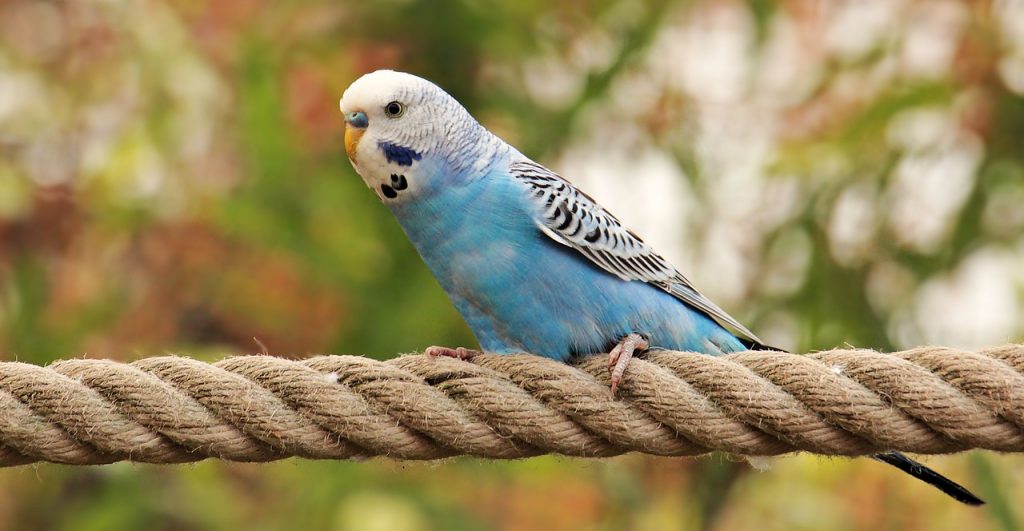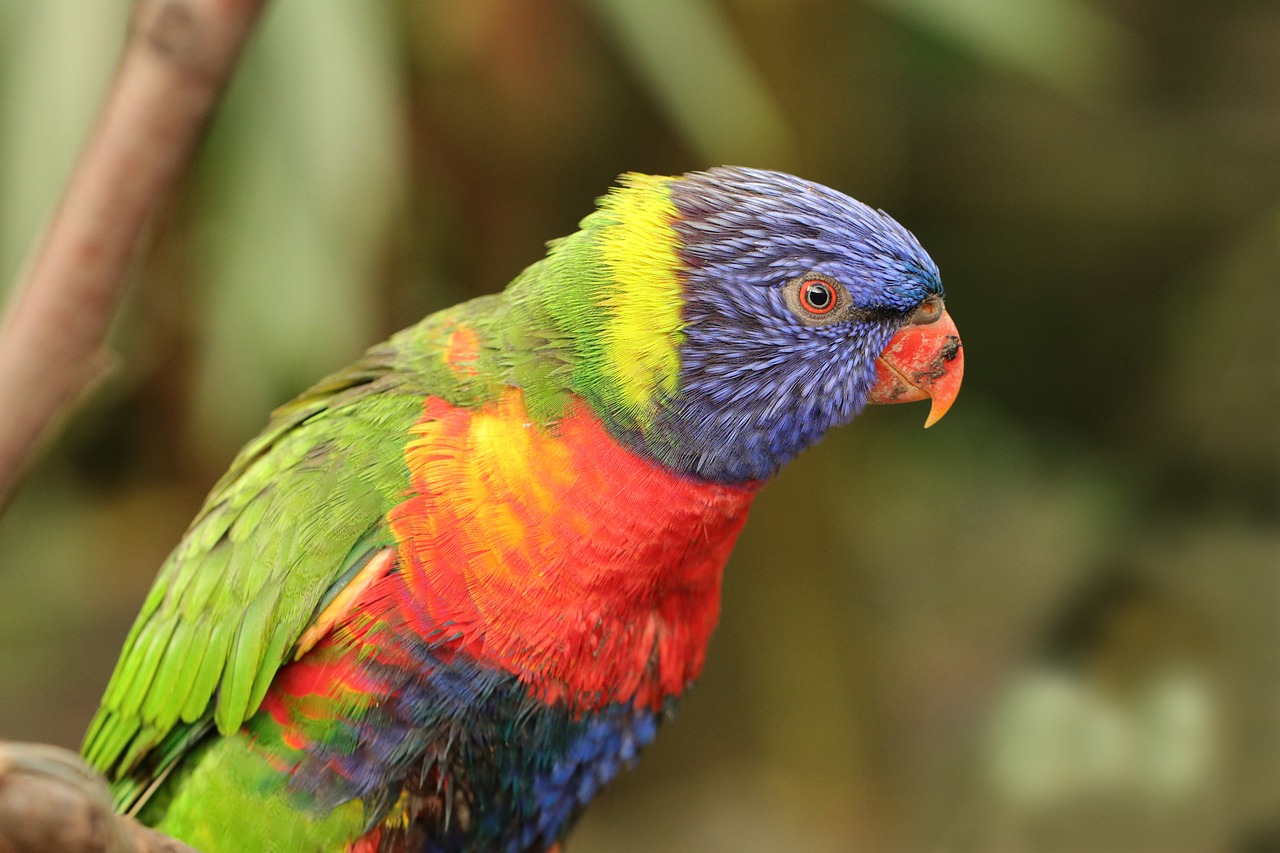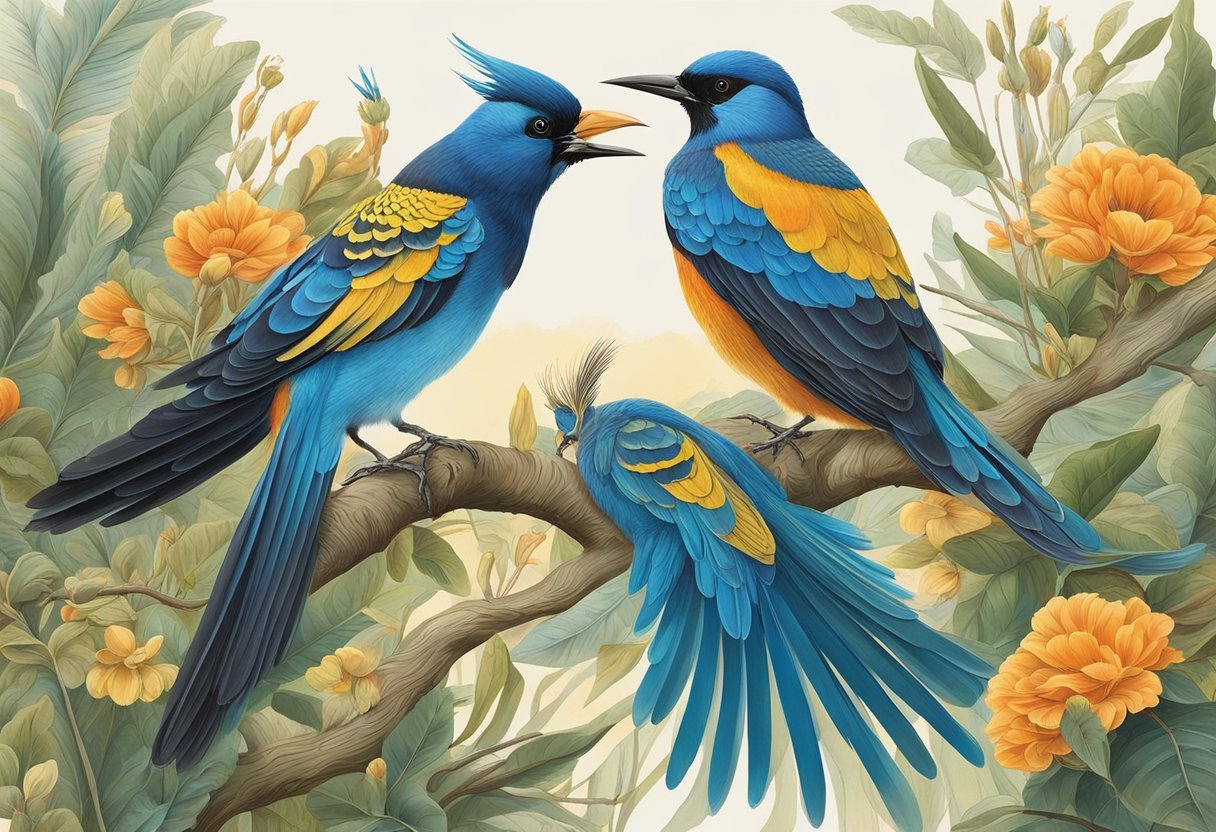Bird watching, also known as birding, is a captivating and rewarding hobby that allows individuals to connect with nature and discover the diverse avian species that inhabit our world. Whether you’re an outdoor enthusiast, a photography buff, or simply someone looking to unwind and appreciate the beauty of nature, bird watching can be an enriching experience. To help you embark on this exciting journey, here are 10 essential steps for getting started with bird watching:
1. Equip Yourself with Basic Knowledge: Before you set out to observe birds, take some time to familiarize yourself with the basic concepts of ornithology. Learn about different bird species, their habitats, behavior patterns, and migration routes. Invest in a field guidebook or explore online resources to expand your understanding.
2. Obtain Binoculars: Quality binoculars are an indispensable tool for bird watching. Choose a pair that offers a comfortable grip, a wide field of view, and good magnification. A 8×42 or 10×42 configuration is often recommended for beginners due to its versatility.
3. Find a Suitable Location: Start close to home by exploring local parks, nature reserves, and even your own backyard. These places can harbor a surprising variety of bird species. As you gain experience, consider venturing to different habitats like forests, wetlands, and coastal areas for more diverse sightings.
4. Learn Bird Calls and Songs: Birds communicate through a range of calls and songs. Learning these vocalizations will greatly enhance your bird watching experience, as you can identify species without necessarily spotting them. Numerous smartphone apps and online resources can help you learn these distinctive sounds.
5. Keep a Field Journal: Maintain a journal to record your observations, including the date, location, weather conditions, and the species you’ve encountered. Jot down any unique behaviors, interactions, or interesting anecdotes. Over time, your journal will become a valuable reference of your birding adventures.
6. Join Local Birding Groups: Connecting with fellow bird enthusiasts is a great way to share knowledge, learn new skills, and gain insights into the best birding spots in your area. Look for local birding clubs or online communities to engage with like-minded individuals.
7. Practice Patience: Bird watching requires patience. Birds might not appear immediately or might be hiding in foliage. Take your time, be still, and use gentle movements to avoid startling them. Sometimes, patience is rewarded with breathtaking views.
8. Invest in a Camera (Optional): If you’re interested in capturing the beauty of birds through photography, consider investing in a digital camera with a telephoto lens. Photography adds another dimension to bird watching, allowing you to document your sightings and share them with others.
9. Respect the Birds and Their Habitat: Remember that you’re a guest in the birds’ natural environment. Observe from a distance to avoid disturbing their behaviors or causing stress. Avoid making loud noises or getting too close, and always follow the principles of Leave No Trace.
10. Keep Learning: Bird watching is a lifelong learning journey. The more you observe, the more you’ll learn about the intricate world of birds. Continuously expand your knowledge, refine your identification skills, and stay curious about the avian species you encounter.
In conclusion, bird watching is a delightful way to engage with nature and experience the world around us in a new light. By following these 10 steps, you’ll be well on your way to becoming a seasoned bird watcher, with a deeper appreciation for the beauty, diversity, and wonder of avian life. So grab your binoculars, find a cozy spot, and let the avian adventure begin!
Frequently Asked Questions About Getting Started with Bird Watching

- What is bird watching? Bird watching, often referred to as birding, is a captivating hobby centered around observing and identifying birds in their natural environments. It allows enthusiasts to connect with nature, appreciate biodiversity, and deepen their understanding of avian behavior and ecology.
- How do I get started with bird watching? To embark on your birding journey, start by selecting a nearby park, nature reserve, or even your backyard. Acquire a pair of binoculars that suit your budget and preferences. Spend time observing birds and noting their features, behaviors, and habitats.
- What equipment do I need for bird watching? Basic equipment includes a pair of binoculars with good optics and comfortable grip, a comprehensive field guidebook that covers birds in your region, a notebook for recording observations, a camera (optional), and appropriate clothing for the weather and terrain.
- Where are the best places to go bird watching? Prime birding locations include nature reserves, national parks, forests, wetlands, lakeshores, and even urban green spaces. These areas provide diverse habitats that attract a wide variety of bird species.
- What time of day is best for bird watching? Birds are most active during the early morning and late afternoon hours. This is when they are feeding, singing, and engaging in social behaviors. The “golden hours” around sunrise and sunset offer optimal lighting for observation and photography.
- How do I identify different bird species? Start by noting a bird’s size, shape, color patterns, and distinct markings. Observe its behavior and habitat preferences. A reliable field guidebook specific to your region will assist in identifying birds based on these characteristics.
- Are there specific field guides or apps I should use for identification? There are many excellent field guidebooks available, such as those by David Sibley, Roger Tory Peterson, and Kenn Kaufman. Additionally, mobile apps like Merlin Bird ID, iBird, and eBird offer digital resources for identification and recording sightings.
- What is the importance of keeping a birding journal? Maintaining a birding journal helps you track your observations over time, noting the species you’ve encountered, their behaviors, and the locations. This journal becomes a personal record of your progress and contributes to your overall learning as a birder.
- How can I attract birds to my backyard? Create a bird-friendly environment by providing feeders with a variety of birdseed, suet, and nectar, as well as a clean water source. Plant native trees, shrubs, and flowers to offer natural food and shelter options.
- What are some common bird behaviors I should watch for? Pay attention to feeding behaviors like foraging and hunting, courtship rituals such as displays and vocalizations, nesting activities, territorial disputes, and interactions with other species.
- How do I differentiate bird calls and songs? Learning bird vocalizations takes practice. Start by focusing on common, distinct calls and songs in your area. Use resources like field guidebooks, mobile apps, and online audio libraries to listen and compare.
- What are some ethical guidelines for bird watchers? Practice ethical birding by minimizing disturbance to birds and their habitats. Stay on designated trails, avoid getting too close to nests, refrain from playing bird calls to attract species, and ensure you leave no litter behind.
- How can I join a local bird watching club or group? Search online for birding clubs, Audubon chapters, or local meet-up groups in your region. Participating in these communities provides opportunities to learn from experienced birders, share knowledge, and join group outings.
- What are some migratory patterns of birds and when can I see them? Research the migration patterns of birds in your area. Spring and fall are peak migration times, with many species traveling between breeding and wintering grounds. Consult migration forecasts and local birding resources to plan your outings.
- Are there certain seasons that are better for bird watching? Spring and fall offer diverse bird populations due to migration and breeding activities. Summer is ideal for observing nesting behaviors, while winter presents opportunities to spot cold-hardy resident species.
- What should I wear and bring with me for a bird watching outing? Wear muted, comfortable clothing that blends into the environment. Sturdy footwear, a hat, sunscreen, insect repellent, water, snacks, your field guide, and a notebook are essential items to bring along.
- Can I bird watch with binoculars, or do I need a spotting scope? Binoculars are suitable for most bird watchers, offering portability and ease of use. Spotting scopes are beneficial for observing distant birds in detail, but they can be heavier and require more skill to operate effectively.
- What are some rare or elusive bird species that enthusiasts often seek out? Birders often chase after rare species like the snowy owl, whooping crane, ivory-billed woodpecker (extremely rare and possibly extinct), and various warbler species during migration.
- How can I contribute to bird conservation efforts as a bird watcher? Engage in citizen science projects like eBird, participate in bird counts such as the Christmas Bird Count, support conservation organizations through donations and volunteer work, and advocate for habitat protection.
- Are there any online resources or forums for connecting with experienced bird watchers? Websites like eBird, BirdForum, and the Cornell Lab of Ornithology provide platforms for connecting with experienced birders, discussing sightings, sharing tips, and expanding your knowledge of birding.



